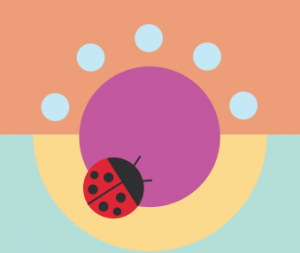Intellectual Property and Online Commerce: What you should know

The Spotz Guide for Sellers

Intellectual Property and Online Commerce: What you should know
When people create ideas, drawings, sketches or other new innovations, they often share them online where they can be viewed by anybody – this is the foundation of the creative internet, where sharing is encouraged, and creators benefit from a wider audience. However, when sharing crosses the line into selling, problems can arise for those making a profit off of creative works that they didn’t create entirely.
But that line isn’t always clear. It’s natural that most people don’t know where creative reference ends, and intellectual property problems begin. This brief guide will give you effective guidance that will generally help you to steer clear of this issue.
Brand Names
It’s tempting to compare your products to those of a famous brand, or a famous artist – but this can quickly become a problem. References to brand names should be avoided, as should depictions of trademarked images or icons. Yes, it’s possible to interpret these in an artistic or creative way, but it’s also a risk that business owners should generally avoid to prevent intellectual property issues from cropping up in their business.
Reselling another producer’s goods without consent
Another tricky issue that can become a problem is when business owners try to sell another creator’s goods without that person’s permission. Especially when this is on the same platform, and the goods become in direct competition – this is a practice that should be avoided at all costs.
Inspiration from the Internet!
The internet has such a wealth of creative content, and it can be truly inspiring for so many creators, who then in turn create products to sell. But what can become an issue is when creators directly apply something they found on the internet – such as a photograph, or a sketch – and integrate it directly into their own products. An example of this is a businessperson using an image they found on the internet on a T-Shirt sold in their store. Though they might not mean to, this counts as intellectual property theft – and it can put that businessperson at risk.
Instead of directly copying, creators should create their own interpretation of the concept – redrawing the sketch themselves, or for written products, putting it in their own words. This allows for creators to avoid claims of intellectual property theft.
Remember: Ideas can still interact
It’s possible for two creators to independently create products that are similar executions of the same idea – that’s how a competitive marketplace between creators comes to exist! Ultimately, the sharing and interaction of ideas generates brilliant content, and drives innovation. There is an important distinction between referencing intellectual property, and violating another person’s property. Hopefully, this guide shows the difference between the two ideas, and helps your store continue to offer great creative products, without any issues stemming from intellectual property claims!



